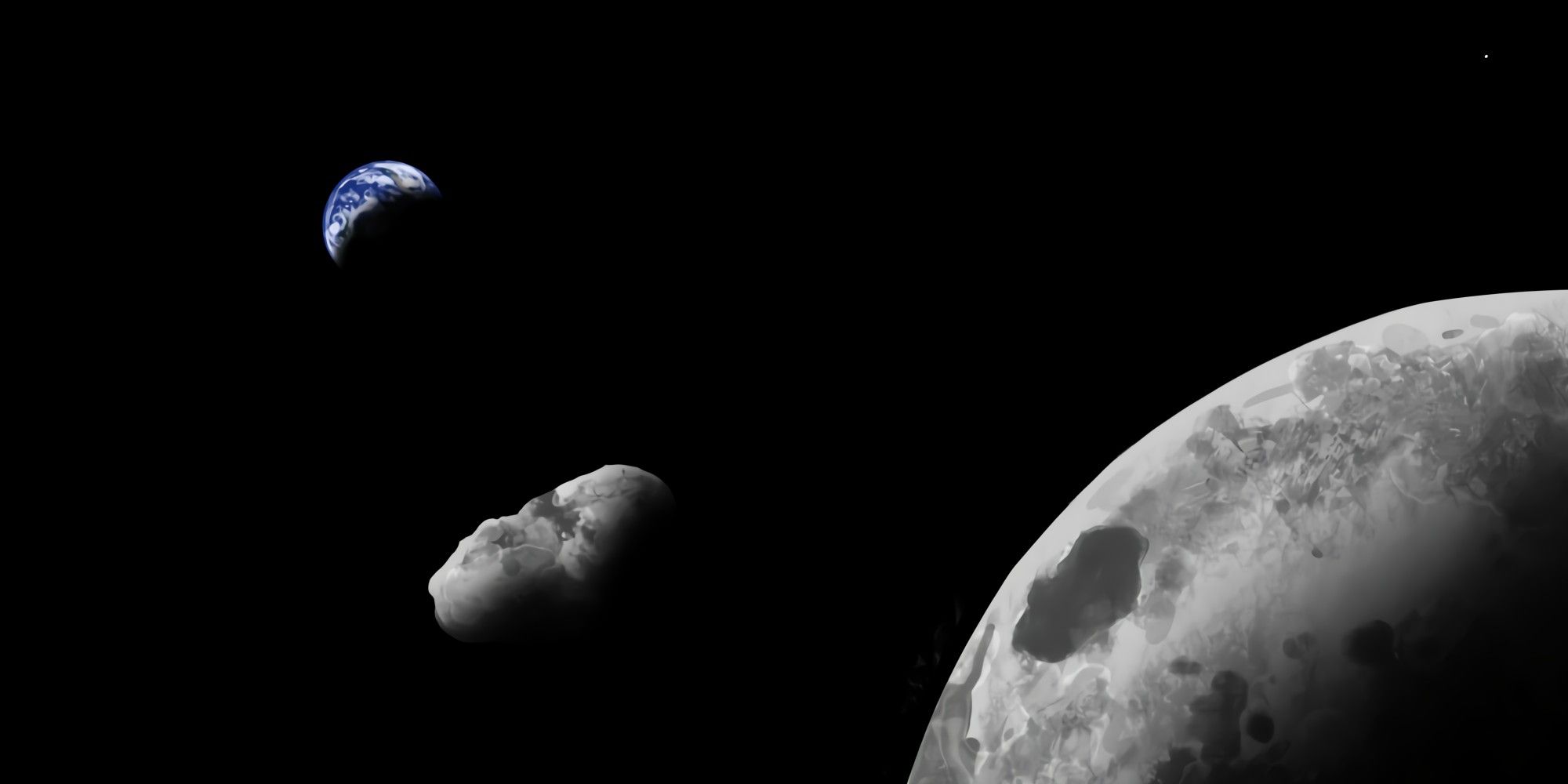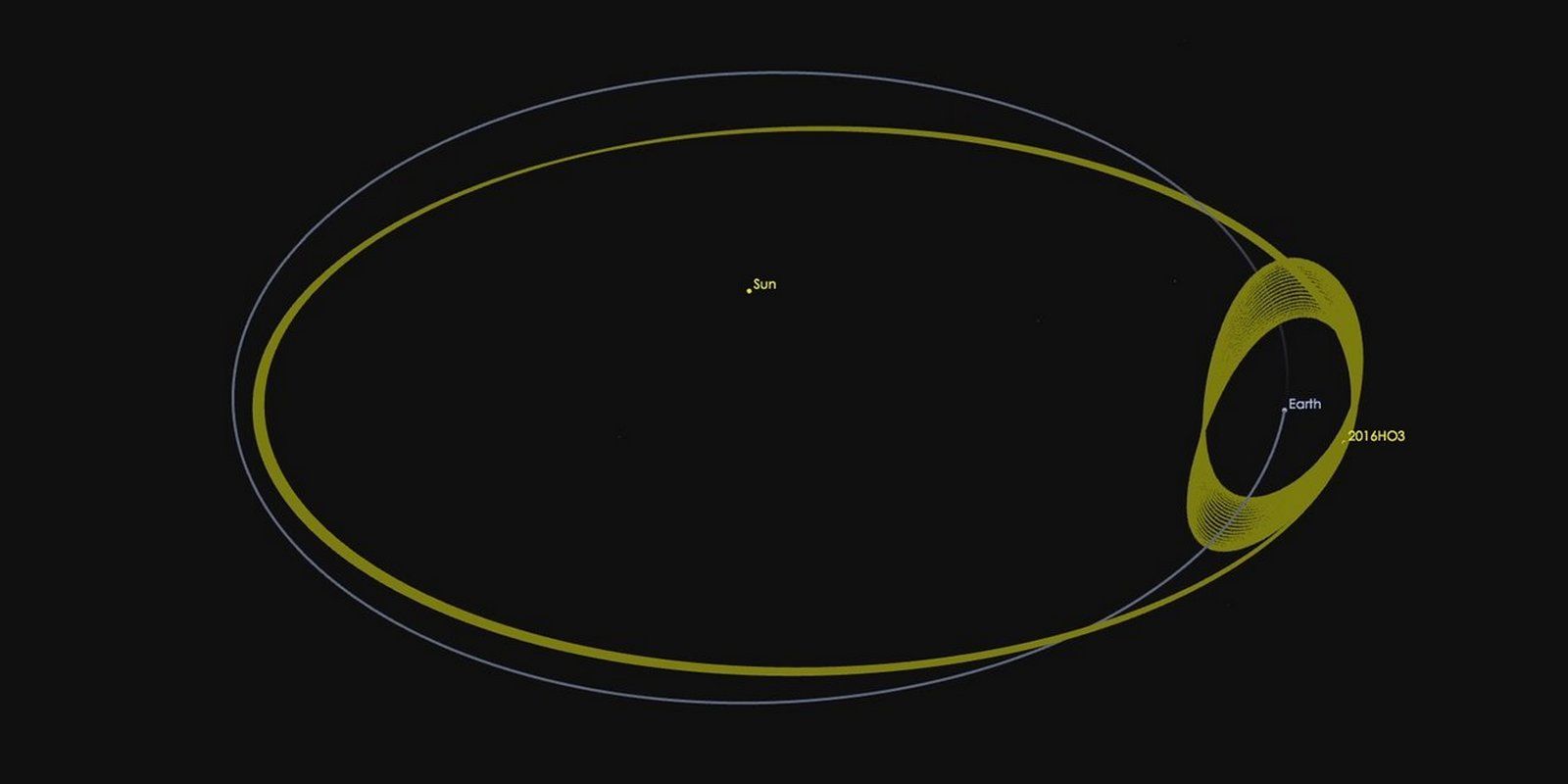
A near-Earth asteroid designated as 2016 HO3 — known popularly by its Hawaiian name Kamoʻoalewa — might be a fragment of the moon that may have broken off a while ago and is now floating in space, says new research. The object in question was discovered in 2016. It circles the sun in a peculiar orbit that constantly keeps it close to the Earth. So even though it is too distant to be considered an actual satellite like the moon, it is one of the best examples of a stable quasi-satellite. Five have been studied and cataloged as of 2016 when Kamoʻoalewa was discovered.
Since quasi-satellites tend to follow an elliptical path, their distance from the Earth at any point in time shows tremendous variation from its spatial position a while ago and in the same time frame elapsed in the future. Among the five quasi-satellites, 2003 YN107 followed an elliptical path and then wandered far away from Earth's vicinity over a decade ago. But unlike asteroids like Bennu, these near-Earth objects don't pose a collision threat, or at least none have ever come that close to worry the world about an impending catastrophe.
New research by scientists at the University of Arizona suggests Kamoʻoalewa might be a chunk that broke off from the moon at some point in its history and is now orbiting the sun while staying close to the Earth. The study, "Lunar Like Silicate Material Forms The Earth Quasi-Satellite (469219) 2016 HO3 Kamoʻoalewa" in Communications Earth & Environment, mentions that the reflection spectrum of light from the quasi-satellite is unlike asteroids. It is more in line with the lunar rocks collected as part of NASA's Apollo missions. Interestingly, NASA paid a sum of 10 cents to a company named Lunar Outpost a few weeks ago as part of a contract to harvest lunar surface samples under the aegis of its Artemis program.

Scientists are unsure how and why Kamoʻoalewa broke off from the moon, but there are a few theories such as an impact event or it might be the results of a rotational break-up. However, the reflectance pattern of this near-Earth asteroid suggests that it is made out of silicate-based material that is much closer to lunar silicates that scientists have studied compared to the reflectance spectrum of other near-Earth objects and quasi satellites. Specifically, the 20-45 micron grains of Lunar regolith collected as part of the Apollo 14 mission offered a close spectrum match with that of Kamoʻoalewa.
Another aspect supporting the Moon-origin hypothesis for Kamoʻoalewa is its low-value of relative velocity (which falls in the ballpark 0f 2-5 kilometers per second) during its close approach with the Earth and its natural satellite. In comparison, the relative velocities of other near-Earth objects at a comparative approach usually fall in the range of 20 kilometers per second). However, broader observations are needed to be sure about the Lunar origins of Kamoʻoalewa as the latest research shines the light on a few other possibilities regarding its true origin. Another recent space study that Chinese scientists conducted suggests that volcanic activity on the moon occurred far more recently than previously predicted.
Source: Communications Earth & Environment
from ScreenRant - Feed https://ift.tt/3FkjB6c


0 Comments